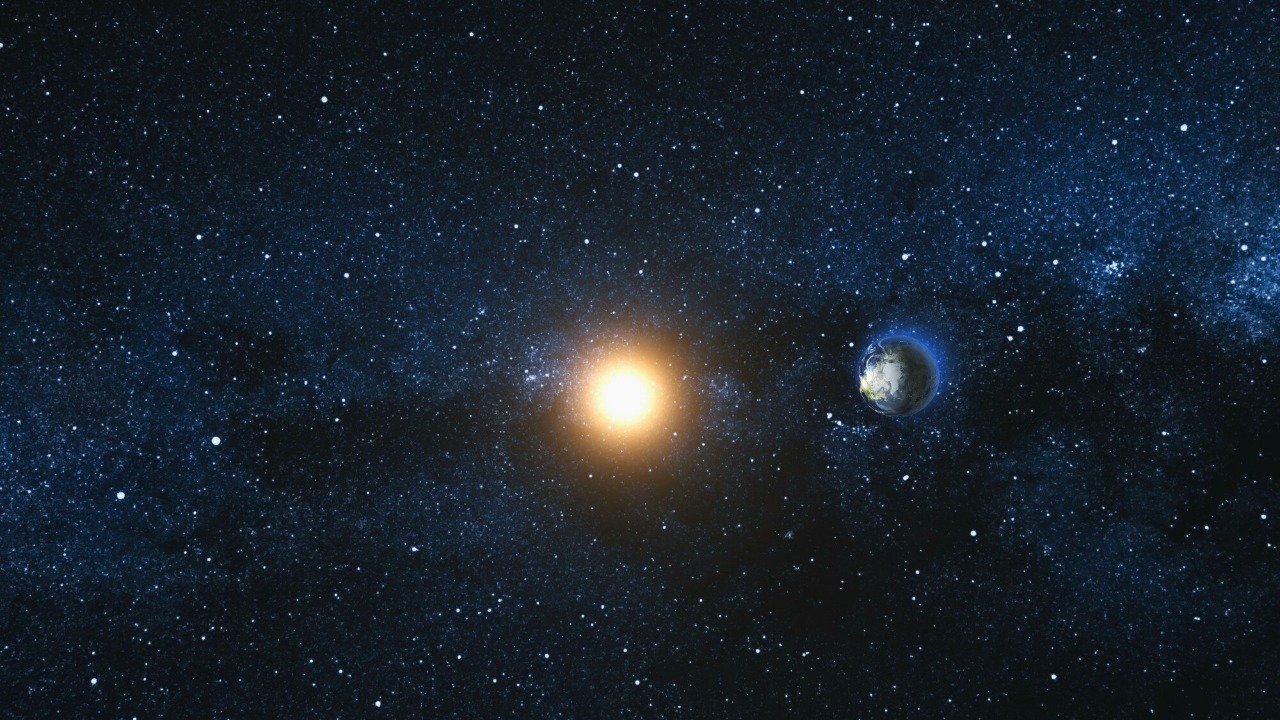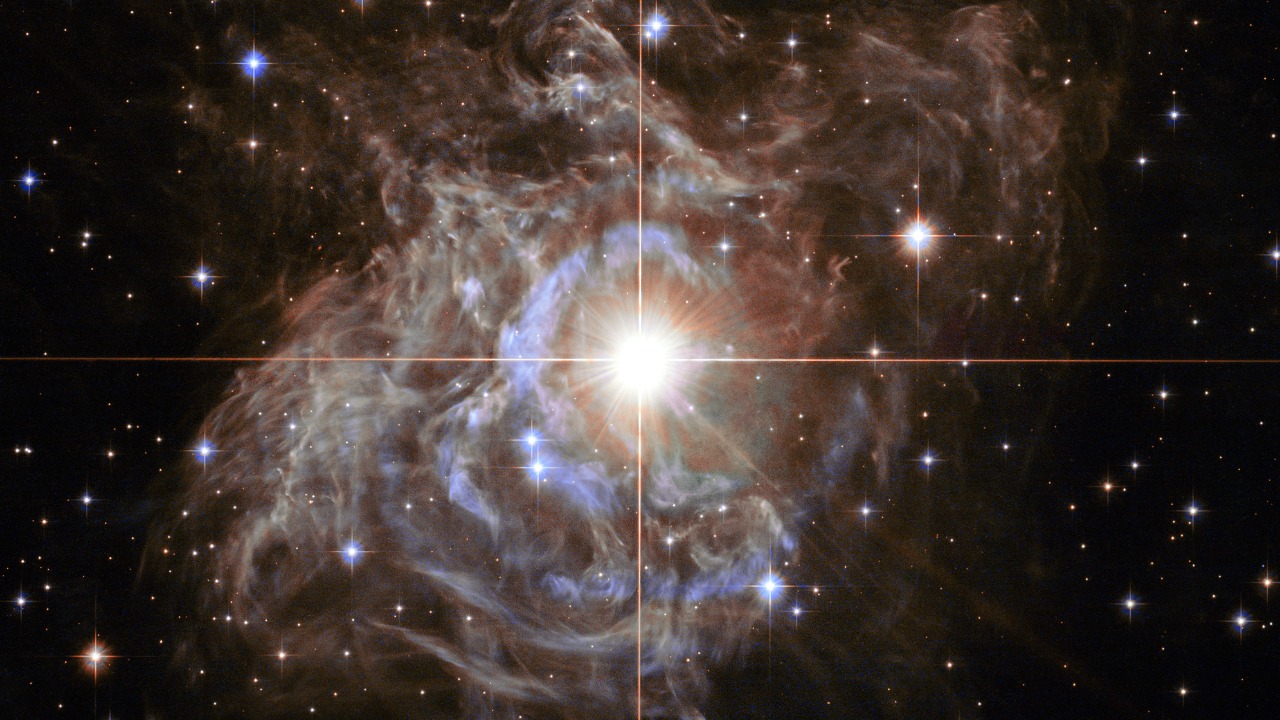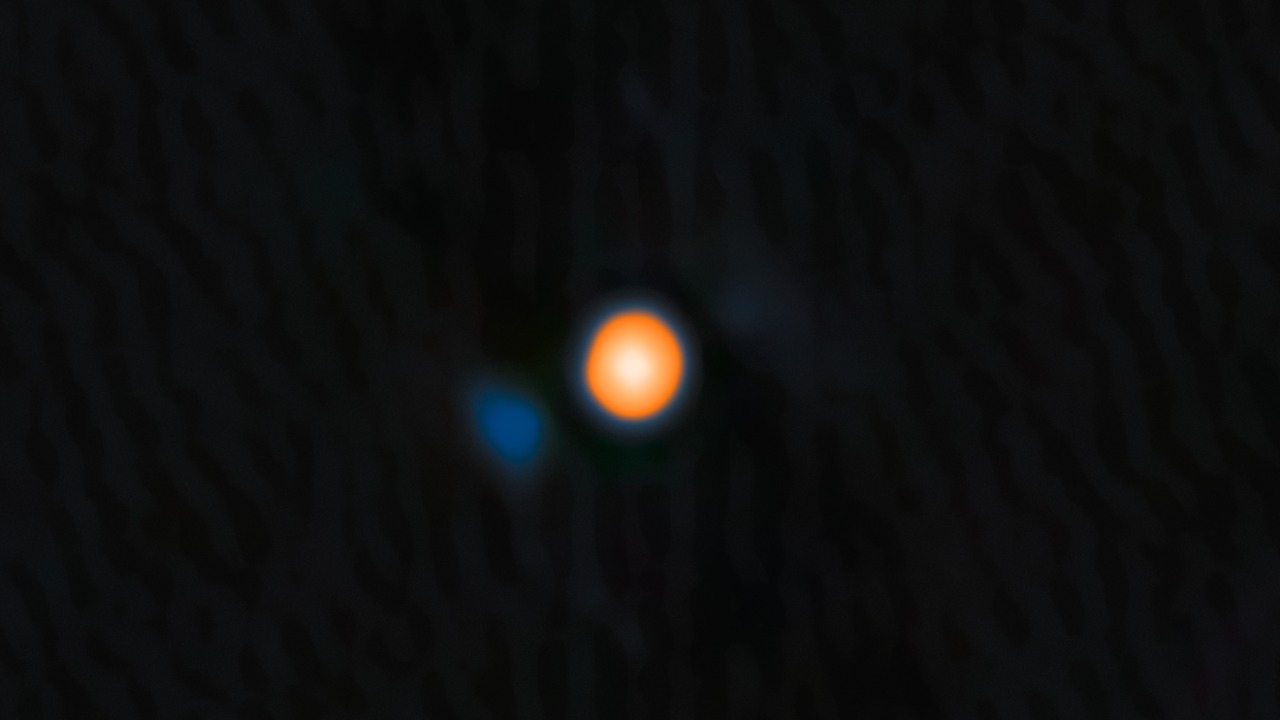
In the vast tapestry of the cosmos, stars have long been subjects of intrigue and mystery. Recently, theorists have proposed that some stars exhibit pulsations akin to life-like rhythms, challenging our understanding of stellar behavior. These celestial phenomena are not only fascinating but also significant in the broader context of astrophysical research.
The Pulsating Mystery of Stars

Stellar pulsations can best be understood as the rhythmic expansions and contractions of stars. These pulsations occur when internal pressures and gravitational forces within a star fall out of balance, creating a dynamic equilibrium. This process is akin to a heartbeat, though on a cosmic scale, and has been observed in various types of stars throughout the universe. Historically, astronomers noticed these rhythms in stars like the Cepheid variables, which served as cosmic yardsticks due to their predictable brightness variations.
In the late 19th and early 20th centuries, astronomers such as Henrietta Leavitt helped establish the relationship between the pulsation period of Cepheid variables and their intrinsic brightness. This discovery was pivotal in measuring cosmic distances and understanding the scale of the universe. The notion that these pulsations can be compared to life-like rhythms adds a layer of intrigue and poses questions about the nature of these stellar patterns. This comparison is scientifically intriguing because it suggests a universal principle of oscillation that might span from living organisms to the stars themselves.
The Science Behind Stellar Pulsations

The mechanisms driving stellar pulsations are complex, involving the interplay of various physical forces. At the core of this process is the star’s internal structure, where nuclear fusion generates energy, creating pressure that counteracts gravitational forces. This delicate balance can be disrupted, leading to periodic expansions and contractions. The study of white dwarfs, for example, has revealed how these dense stars can emit bright radio pulses due to their unique structural characteristics.
Different types of stars exhibit different pulsation patterns. Cepheid variables, for instance, are known for their regular and predictable brightness changes, while white dwarfs often display more erratic pulsations. Recent discoveries have highlighted the role of stellar companions, or “Betelbuddies,” in influencing these rhythms. For instance, the bright star Betelgeuse is thought to have a stellar companion that affects its pulsation cycles, providing new insights into the complex interactions within binary star systems.
Theoretical Implications and Models

Current theoretical frameworks offer a range of models to explain the pulsating behavior of stars. These models often rely on detailed simulations of stellar interiors, taking into account factors like temperature, density, and chemical composition. However, limitations exist, particularly when it comes to predicting the precise timing and amplitude of pulsations. New hypotheses have emerged, drawing parallels between stellar pulsations and biological rhythms, suggesting that stars, like living organisms, might exhibit self-regulating behaviors.
Innovative theories propose that such pulsations could serve as indicators of underlying processes, much like a heartbeat indicates the health of an organism. These theories are still in their infancy but hold promise for developing predictive models that could forecast future stellar behavior. By understanding these rhythms, scientists hope to gain insights into the lifecycle of stars and the evolution of galaxies. The concept of pulsations as a universal principle opens up new avenues for research and challenges existing paradigms in astrophysics.
Technological Advances in Stellar Observation

The study of pulsating stars has been significantly advanced by modern telescopes and instruments. Ground-based observatories and space telescopes like the Hubble Space Telescope have provided unprecedented views of these celestial phenomena. Advanced technologies, such as spectrometers and interferometers, allow astronomers to measure minute changes in a star’s brightness and velocity, providing crucial data for understanding pulsations.
Data analysis techniques have also evolved, with machine learning and artificial intelligence playing an increasingly important role. These methods enable scientists to process vast amounts of observational data, identifying patterns and correlations that might otherwise go unnoticed. Collaborative efforts, such as international projects and partnerships between observatories, have further enhanced the study of pulsating stars. By pooling resources and expertise, astronomers can tackle complex questions and explore the universe in greater detail than ever before.
The Impact on Our Understanding of the Universe

The discoveries surrounding pulsating stars have profound implications for our understanding of stellar evolution. By studying these rhythms, scientists can glean insights into the processes that govern the birth, life, and death of stars. This knowledge is crucial for developing comprehensive models of star life cycles and understanding how stars influence their surrounding environments. Additionally, these findings have broader cosmic implications, shedding light on the structure and dynamics of galaxies and the universe as a whole.
The comparison of stellar rhythms to life-like patterns also raises philosophical and existential questions. It suggests a deeper connection between the cosmos and life, inviting reflection on the nature of existence and the fundamental principles that govern the universe. As theorists continue to explore these ideas, the study of pulsating stars promises to enrich our understanding of both the cosmos and our place within it. For further reading on regular rhythms among pulsating stars, check out this article.